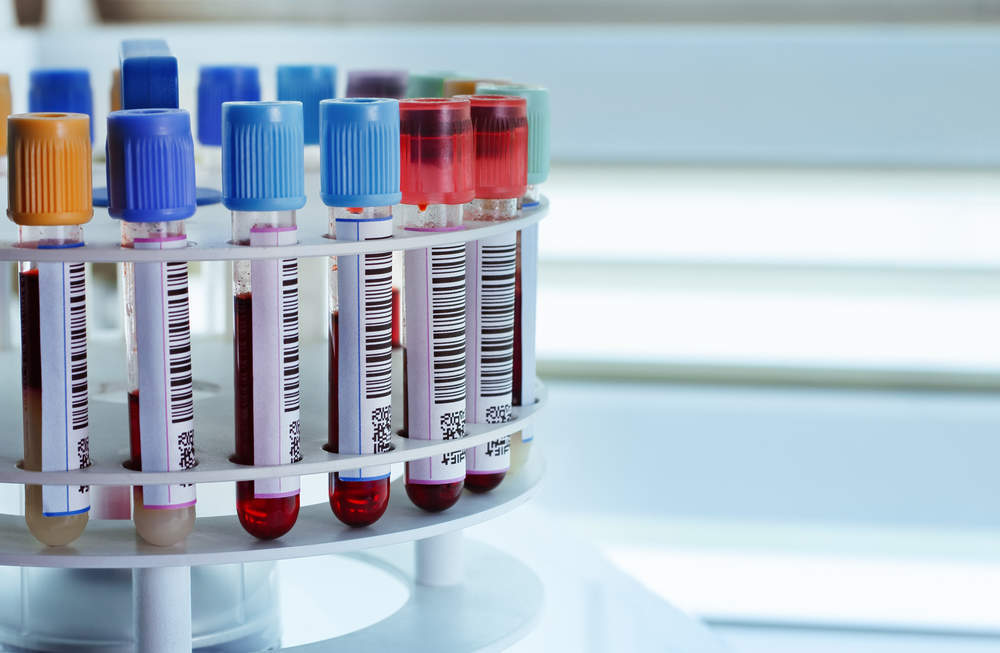
A recent UK study has revealed major advances in the treatment of the life-threatening condition haemophilia, leading scientists to anticipate the development of a cure.
Haemophilia sufferers lack a gene which causes blood to clot, meaning they are susceptible to excessive bleeding (both provoked and spontaneous) in joints and soft tissue, increasing risks of haemorrhaging and arthritis.
There are currently 400,000 so-called haemophiliacs around the world, with 2,000 people in the UK suffering from severe forms of haemophilia A and one in 5,000 men born in the US every year with the illness.
The recent trial, led by Barts Health NHS trust, saw the injection of the gene needed to clot blood into 13 haemophilia sufferers.
Initially injected with a low-dose cohort, they were monitored for negative responses then given a higher dose.
Over a year after they were injected, 11 of the sufferers reported levels of the missing blood clotting protein at normal or near normal levels.
As such they have been able to come off treatment for haemophilia, seeing a halt in spontaneous internal bleeding that is a cause of such concern for sufferers.
Marijke van den Berg, vice president of the World Federation of Haemophilia, wrote in the New England Journal of Medicine — alongside the trial results:
These landmark studies… are leading the way to a cure for haemophilia. If it could be perfected, children born with this devastating disease could benefit from a life without bleeding and other sequelae of the disease. As we work toward this goal, primary prophylaxis for all patients with severe haemophilia should be the standard of care.
Larger trials including sufferers from the US, Europe, Africa and South America will begin soon as the existing patients are monitored.
The main obstacle to overcome is cost.
John Pasi, haemophilia centre director at Barts Health NHS Trust, said:
This is going to be hugely expensive therapy. The average cost in the UK of current treatment is £100,000 per year per patient for a lifetime. You can see what numbers can clock up.
However, Pasi has also said the study is a game changing progression in haemophilia treatment.
I think it’s a huge step forward. Gene therapy for haemophilia has historically been the Holy Grail. Our patients have to treat themselves at least three times a week and even then they may still bleed. The treatment burden is massive. The opportunity to give them a one-off treatment perhaps for a lifetime but maybe for many years is a huge opportunity. It could transform their care.
Scientists have looked to gene therapy for a potential haemophilia cure for many years, but until now research into the field has only yielded unsuccessful results.
The main problem to overcome was finding a suitable virus to act as a delivery agent.
This problem has not been wholly solved as people who have previously encountered the virus used in the current study could potentially see no effect from the treatment.
The dark past of haemophilia
In the late 1970s and early 1980s when HIV first began to spread in the US some people infected with the virus donated blood that was then used for blood transfusions.
According to the National Hemophilia Foundation approximately half of all people with haemophilia became infected with HIV as a result of the contaminated blood products, causing many to contract AIDS and thousands to die.
The story causes public outcry and led to tighter regulations and controls on blood donation. From 1985 the US government required all blood donations to be tested for HIV, and ordered any that tested positive to be destroyed.







